Safety Quiz Event Yields Knowledge, Competition and Collaboration Between Engineering Departments
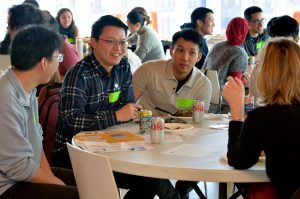
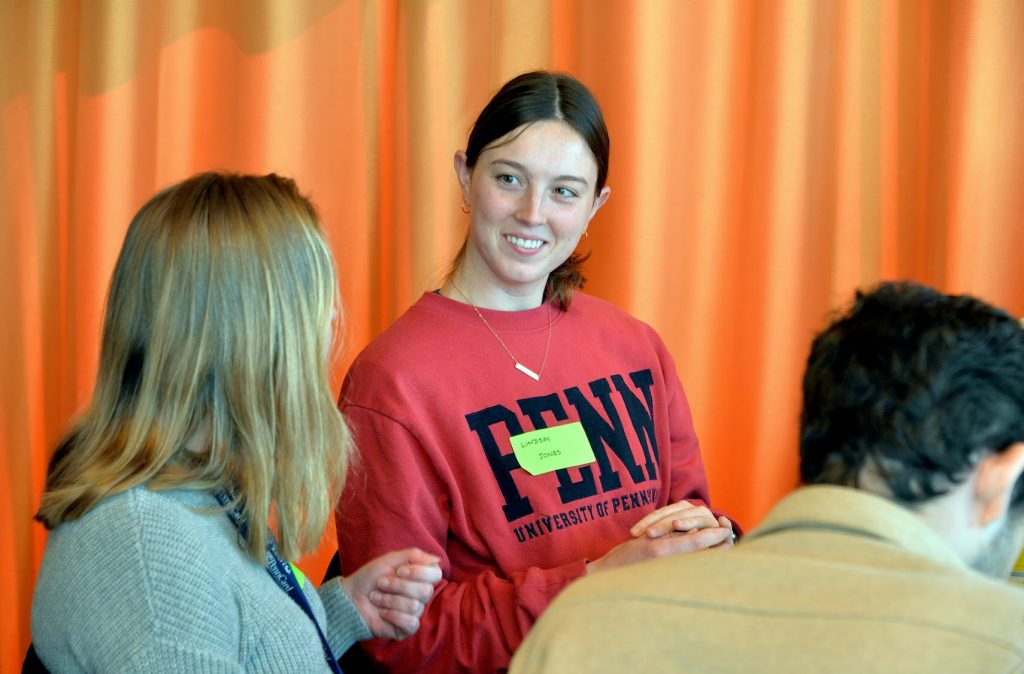
In a bid to promote safety awareness and foster a sense of collaboration among students and faculty, a safety quiz was recently held at the Glandt Forum, in the Singh Center for Nanotechnology, that drew attendees from the Chemical and Biomolecular Engineering (CBE) and Materials Science and Engineering (MSE) departments. This event, managed by the Office of Environmental Health and Radiation Safety, (EHRS), served as an excellent platform for students, staff, and faculty to test their knowledge on lab safety, exchanging insights and experiences from their respective fields.
Attendees were divided into teams, with each team representing a mix of CBE and MSE department members. This setup encouraged interdisciplinary interaction, allowing participants to share their unique perspectives and expertise on lab safety. “We’ve taken on student engagement as a priority, and this collaborative event permits both departments to have the opportunity to gain knowledge and interact in a fun and relaxed environment,” Department of Materials Science and Engineering Chair, Shu Yang.
The heart of the event revolved around a series of thought-provoking questions designed to challenge the participants’ understanding of lab safety protocols. The questions spanned various aspects of safety, including chemical, waste and gas tank handling, equipment operation, emergency procedures, and personal protective equipment (PPE) usage. Each team had to collaborate and come up with answers that encompassed the knowledge from both departments, fostering a deeper understanding of safety principles that are applicable across different scientific domains.
“When EHRS approached us with the concept, Shu and I felt this was an incredible opportunity to share a mutually beneficial initiative that promotes knowledge and opens the door for more communication between our departments. Of course, a friendly competition makes it more fun,” Chemical and Biomolecular Engineering Department Chair, Chinedum Osuji.
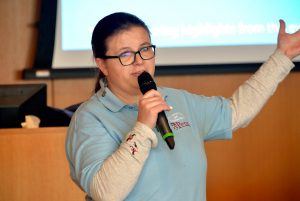
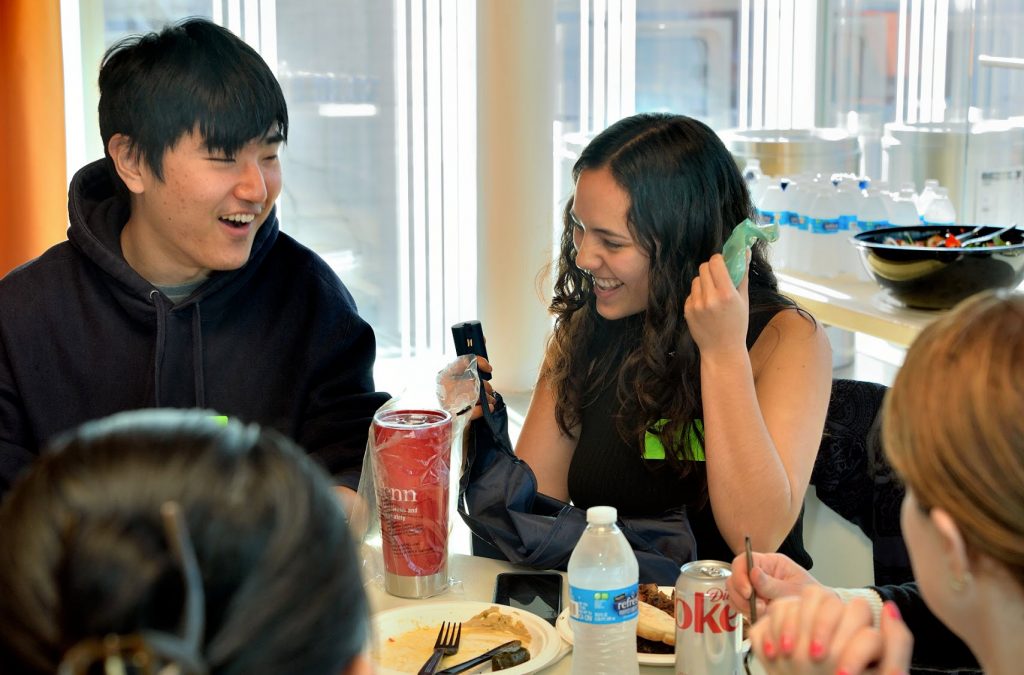
One of the key objectives of the collaborative safety quiz was to highlight the importance of cross-disciplinary communication and collaboration in ensuring laboratory safety. EHRS Project Manager, Marta Guron, who organized and MC’ed the event, mentioned, “I think the participants discovered that although the CBE and MSE departments have distinct focuses, there is a significant overlap in safety concerns and best practices. This realization underscored the need for continuous dialogue and cooperation among various scientific disciplines.”
The event not only emphasized the importance of knowledge-sharing but also celebrated the diversity of safety approaches in different fields. Attendees were exposed to a broad spectrum of safety protocols and strategies, enabling them to adopt a more comprehensive and adaptable approach to lab safety. Furthermore, the quiz encouraged participants to consider the real-world implications of their actions in laboratory settings, some things they have never thought of.
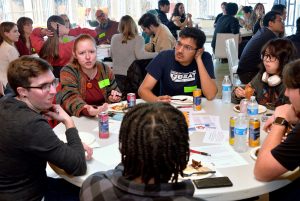
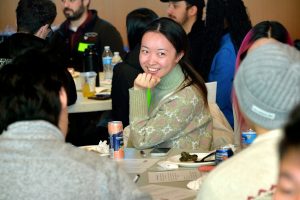
Feedback from attendees was overwhelmingly positive, with many expressing a newfound appreciation for the importance of collaboration in maintaining a safe laboratory environment.
This event demonstrated the significance of interdisciplinary dialogue in ensuring laboratory safety and highlighted the overlapping principles that apply to both departments. It serves as a shining example of how educational institutions can encourage cross-disciplinary interactions, ultimately leading to safer and more innovative research environments.
